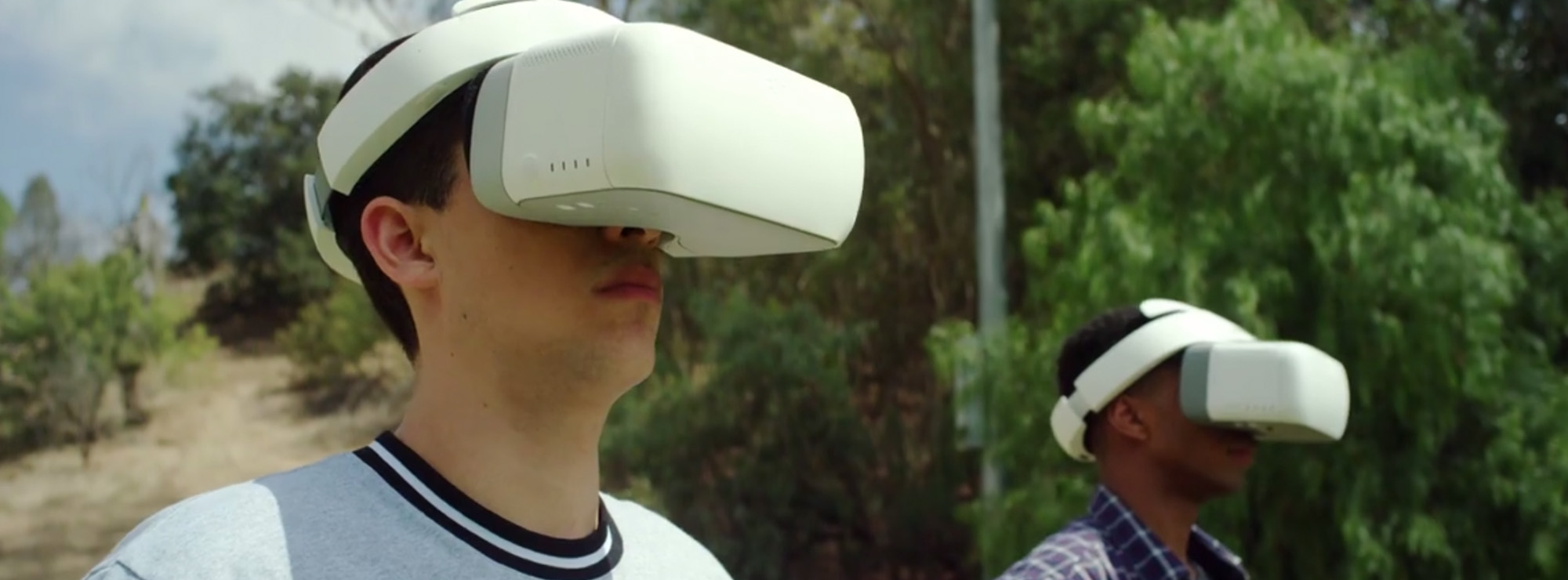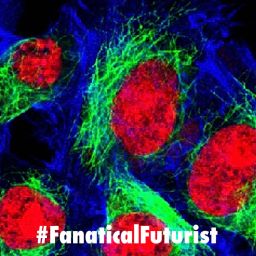WHY THIS MATTERS IN BRIEF
If you want to sample the species in an ecosystem now all you need is air, but this could also be used to create genetic profiles of people in the street aswell which could be misused.
 Love the Exponential Future? Join our XPotential Community, future proof yourself with courses from XPotential University, read about exponential tech and trends, connect, watch a keynote, or browse my blog.
Love the Exponential Future? Join our XPotential Community, future proof yourself with courses from XPotential University, read about exponential tech and trends, connect, watch a keynote, or browse my blog.
Imagine being able to capture airborne DNA so you can track the animals in an ecosystem, or use the results to create a targeted human surveillance or bioweapon. Well, neither are science fiction. A majestic bobcat sauntered through the Florida coastal forests. Nearby, diamondback rattlesnakes slithered across muddy terrain, alligator “swamp puppies” patrolled the waters, and venomous spiders waited for prey. Meanwhile, trekkers explored the grand oaks, slapped away mosquitos, and looked for bats and ospreys.
This may sound like an episode of Planet Earth – but there were no cameras. Instead, scientists collected microscopic snippets of airborne DNA with a vacuum. They documented the animals by running this environmental DNA, or eDNA, through a cutting-edge device about the size of a deck of cards. The device can do more.
Halfway around the world in the city of Dublin – known for its pubs, music, and cheer the team used it to detect DNA traces from weed, poppy, and magic mushrooms wafting on the breeze. They assembled genomic profiles with astounding speed, capturing whole genetic landscapes in just two days.
“The level of information that’s available in environmental DNA is such that we’re only starting to consider what the potential applications can be, from humans to wildlife to other species that have implications for human health,” said study author David Duffy at the University of Florida in a press release.
The device is a powerful tool that can be used to monitor biodiversity, emerging viruses, and illicit drugs, but it can also detect the genetic heritage of people traipsing about nearby. Although it wasn’t used to identify individuals in the study, the authors warned that airborne eDNA “could provide seriously powerful potential for individual-level surveillance for… humans [as well].”
Nevertheless, “It is boundary-pushing work,” Ryan Kelly at the University of Washington, who was not involved in the study, told Science.
Living creatures shed genetic material. Fungi, plants, animals, humans, bacteria, viruses – all leave invisible genetic fingerprints as they roam the world.
sAs technologies to read DNA – known as genetic sequencing – have advanced, scientists have begun capturing DNA in the ambient environmental monitoring to take a census of the living creatures there.
Some have found thousands of bacterial species in the depths of our oceans. Others are tracking ocean species using DNA “sponges” or land-based creatures by analyzing ingested eDNA from dung beetles. These studies can also monitor emerging viruses from animals -such as those in wildlife markets – by capturing and analyzing genetic molecules.
Duffy believes eDNA could invigorate conservation efforts. In 2022, his team devised a way to monitor endangered sea turtles on the Florida coast. These animals are difficult to track. They roam multiple habitats, including the open sea, coastal ecosystems, and beaches.
Though originally developed to track microbes, Duffy and team showed eDNA can be used to detect small chunks of genetic material from hair, skin, scales, and fluids left behind in sand and water. The team also picked up dangerous sea-turtle pathogens, including a virus that causes tumors in the turtles. Since then, they’ve captured human eDNA from oceans, rivers, and sand – and can identify individual volunteers based on their footprints on the beach.
Although eDNA samples are usually picked up from water and land, they also float in the breeze. This led the team to ask: How much information can we gather from air?
Most eDNA studies use a technology called metabarcoding. Here, scientists extract DNA from a sample – say, water from a Florida swamp or a Dublin pub – and sequence the DNA. To detect which species are present, each DNA snippet is matched to a barcode in a data library. The method can be accurate, but it has some shortcomings.
For one, the approach can only identify eDNA sequences already in the database. The barcodes are a little like those on produce at the grocery, only instead of apples or onions, they’re small snippets of DNA unique to a species. You can only detect organisms with existing primers. That is, when the system scans a piece of DNA, it won’t register unless there’s already a barcode present. The method is also costly and takes days, if not weeks, to process a single sample.
Duffy and team turned to a method called shotgun sequencing, which randomly chops DNA sequences into billions of snippets called “reads.” Though the approach is powerful, it’s languished in the past due to the cost and time to piece together individual genetic snippets and match them to a group of organisms. The hardware was also bulky, roughly the size of a refrigerator, making it difficult to bring into the field. It was mostly used to study microbes – not animals or humans.















